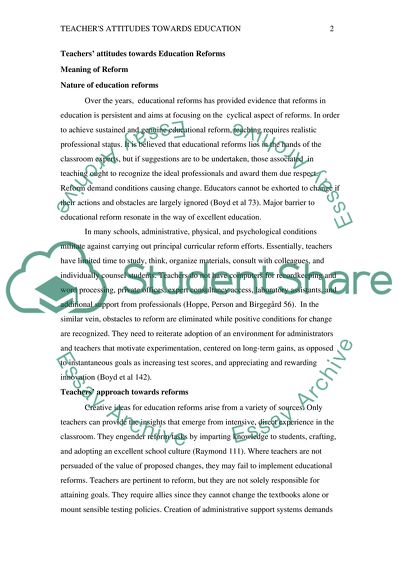Cite this document
(Teachers' Attitudes Towards Education Term Paper, n.d.)
Teachers' Attitudes Towards Education Term Paper. Retrieved from https://studentshare.org/education/1618655-mrp4
Teachers' Attitudes Towards Education Term Paper. Retrieved from https://studentshare.org/education/1618655-mrp4
(Teachers' Attitudes Towards Education Term Paper)
Teachers' Attitudes Towards Education Term Paper. https://studentshare.org/education/1618655-mrp4.
Teachers' Attitudes Towards Education Term Paper. https://studentshare.org/education/1618655-mrp4.
“Teachers' Attitudes Towards Education Term Paper”, n.d. https://studentshare.org/education/1618655-mrp4.


